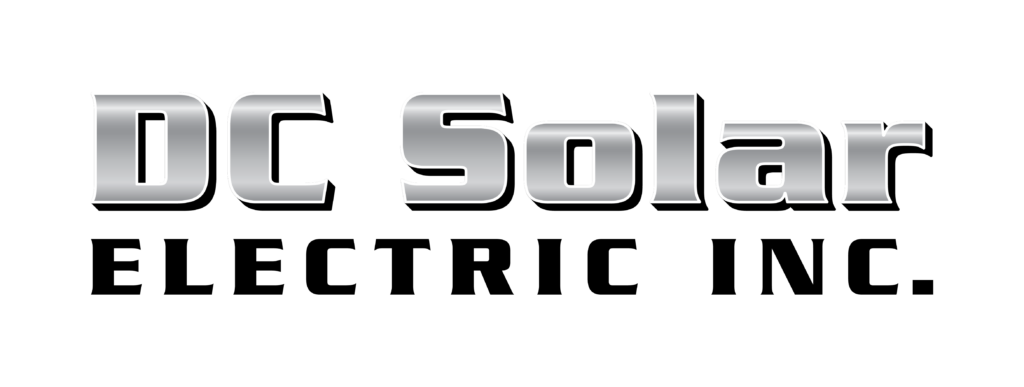California regulators are cutting payments granted to solar customers for the excess power they generate and instead passing the savings onto PG&E. In a unanimous decision, the California Public Utilities Commission (CPUC) has voted to pass NEM 3.0. This decision affects customers of PG&E, SDG&E, and SCE. Customers with solar systems will receive roughly 8 cents per kilowatt for any excess power they share with the grid. That number is about 75% less than what they were getting before under the average export rate of NEM 2.0.
What is NEM? And why is it important?
NEM is the acronym for Net Energy Metering. It is the set billing structure between solar homeowners and utility companies. According to Energy Toolbase, “The newly revised PD (proposed decision) establishes a “Net Billing” tariff that introduces an entirely new framework for valuing exported energy”. They say it decouples the value of imported and exported energy and erodes solar-only projects’ value. Yet, they say it will also “create a strong price signal for pairing energy storage with solar.”
The passage of this decision is important because it means those who already have solar will get to keep their existing net metering policy. Now, anyone who adds solar after April 14th will still get a better deal than those who are tied to the electric grid. However, it won’t be better than those who have invested in it already. The new policy will also tack on monthly fees.
What this means for solar customers
For those who already have solar, you are set. However, if you haven’t yet installed solar on your home, NOW IS THE TIME! Qualifying customers will be grandfathered in if they complete an interconnection application. But it must be done soon!
One of the most significant changes with NEM is the new monthly solar tax. It adds new monthly fees to electric bills for solar owners who purchase after April of 2023. It also reduces the time people on NEM 1.0 and NEM 2.0 can receive credits. Waiting could cost homeowners who switch to solar after April thousands annually, depending on their typical bill. Plus, a full system payback will take 10-12 years, compared to the current 6-8 year plan, and include monthly bills and yearly fees.
Why you should invest in solar now
PG&E Tier 1 pricing increased by 21% in 2022, and already the company is saying rates will go up in January. It’s estimated those rates will grow by about 3%. So, even if you wait to install, solar is still more affordable (and better for the environment).
The CPUC says NEM 3.0 will provide “stability and predictable bill saving by locking in the Market Transition Credit amount and tariff structure for each customer for 10 years and export compensation amount for a customer’s first 5 years.”
Final approval on NEM 3.0 is expected later this month. The new tariff is then likely to go into effect on May 28. This gives homeowners time to research their solar options and get serious about installing solar.
How DC Solar makes it easy
DC Solar makes it easy for Californians to switch to solar. We can offer you a quote online to give you a quick estimate as to how much it would cost to install a solar system in your home.
We can walk you through your options, including financing. When you spend a little upfront, you’ll be able to save more in the future as electric and gas prices continue to rise. You’ll also feel good knowing that your investment is environmentally friendly.

